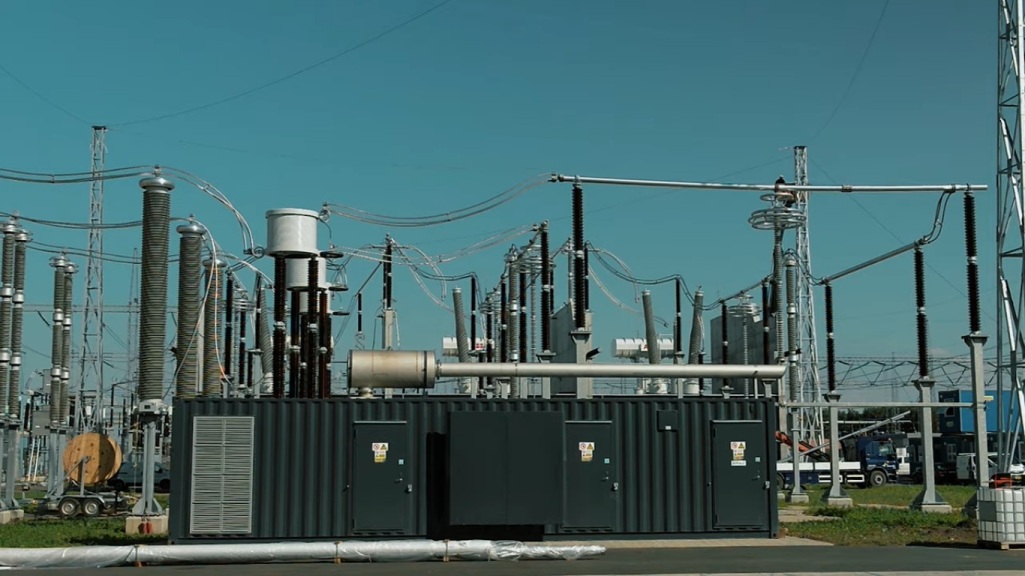Hitachi Energy India Ltd recorded 84 percent year-on-year growth in its new order inflows in FY23.
In a release, Hitachi Energy India said that new orders during FY23, at Rs.6817.2 crore were 84.3 percent higher than the comparable Rs.3699.2 crore in FY22.
The outstanding order backlog as of March 31, 2023, at Rs.7,071 crore, provides revenue visibility of over 20 months, a company investor presentation said.
Service orders grew by 18 percent year-on-year during FY23, the presentation said.
Focused strategy
Commenting on the company’s performance, N Venu, Managing Director, and Chief Executive Officer, of Hitachi Energy India Ltd, said, “Our success is a result of our focused strategy, diversified portfolio, and relentless pursuit for improving the bottom line. The price of certain commodities specific to our industry remains high and chips & electronics shortages persist. We have resiliently navigated these challenges and remain optimistic about leveraging opportunities arising from the fast-evolving energy transition along with customers and stakeholders,” he added.
Also read: Hitachi Energy India Records 31 Percent Growth In Order Inflow
Performance in Q4 of FY23
In the quarter ending March 31, 2023, Hitachi Energy India received orders worth Rs.1,262 crore, driven by utilities, transportation, and industries and reflecting energy transition and electrification drive, especially to renewables.
Industries, especially, steel and metals, contributed towards orders for high voltage products and transformers as well as embracing digitalization with solutions such as Coresense™, RelCare, and MSM.
In the transportation segment, the electrification of railways, the adoption of new-age locomotives, and the metro led to demand for the company’s transformer and substation automation products.
Services and exports have continued to deliver this quarter with orders from metal and steel industries for high voltage products, data centers, RelCare and RelScan orders across wide-ranging companies, and automation orders for utilities. During the quarter, exports contributed 19 percent of orders from the Middle East, Africa, and Japan.

